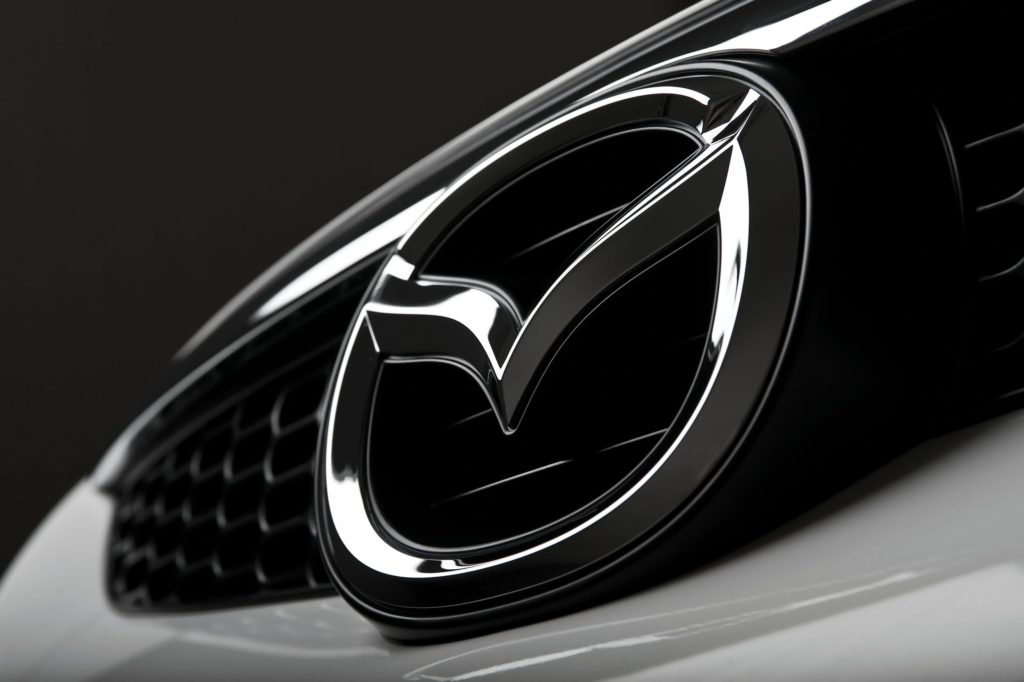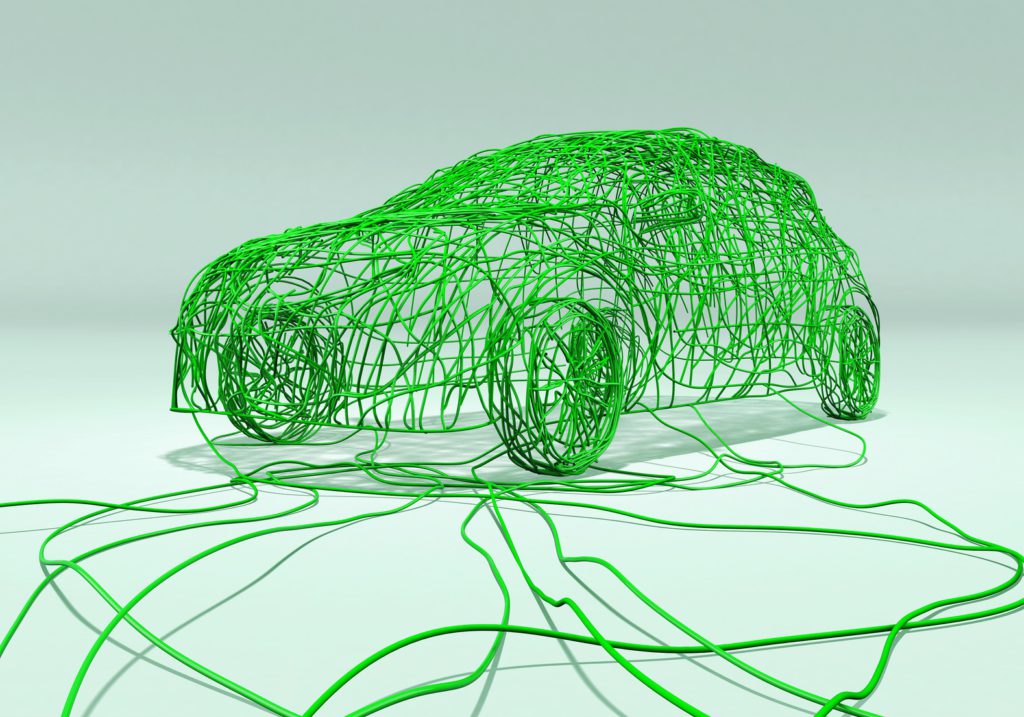Fit for 55: European Union introduces ban on petrol and diesel cars by 2035
14 July 2021

The age of the internal-combustion engine (ICE) is set to end in Europe by 2035, under new proposals laid out by the European Commission.
Fit for 55 is a package of proposals to make the European Union’s climate, energy, land-use, transport, and taxation policies fit for reducing net greenhouse-gas emissions by at least 55% by 2030, compared to 1990 levels.
The Commission has stated that it is to reset its 2030 passenger-car CO2 emissions target to a stricter 55% reduction, based on 2021 figures. Currently, this level is set at a 37.5% reduction. However, by 2035, the CO2 reduction target is set at 100%. This means there will be a ban on carmakers selling petrol and diesel cars, bringing the ‘ICE age’ to an end.
The 2025 target is a 15% reduction in CO2 emissions, based on 2021 figures.
The need for zero emission vehicles will also mean the end of hybrid and plug-in hybrid (PHEV) models, so that by 2030, only battery-electric vehicles (BEVs) and hydrogen fuel-cell electric vehicles (FCEVs) will be sold in member states.
According to the policy paper, the majority of industry respondents, public authorities and other stakeholders supported the objective of ‘reducing CO2 emissions from cars and vans to implement the 55% target by 2030 and 2050 climate-neutrality objective’, while the public had mixed views on this.
We see no risks for residual-value (RV) formation of the internal-combustion-engine vehicles due to Fit for 55.
Christof Engelskirchen, chief economist, Autovista Group
Concerning target levels, the consultation reflected mixed views on the future-target stringency. Where the industry showed some support for stricter targets as of 2030, NGOs seek stricter targets from 2025 onwards, public authorities support stricter targets overall, while members of the public had mixed views.
‘The fossil-fuel economy has reached its limits,’ said president of the European Commission, Ursula von der Leyen. ‘We want to leave the next generation a healthy planet as well as good jobs and growth that does not hurt our nature. The European Green Deal is our growth strategy that is moving towards a decarbonised economy. Europe was the first continent to declare to be climate-neutral in 2050, and now we are the very first ones to put a concrete roadmap on the table. Europe walks the talk on climate policies through innovation, investment and social compensation.’
End was already nigh
‘None of this comes at a surprise and still needs to pass two more stages in the legislator process before it becomes a reality,’ commented Christof Engelskirchen, chief economist at Autovista Group. ‘The EU and national governments must focus their attention on making it attractive to own not just a new battery-electric vehicle (BEV) but also a used BEV – EV charging infrastructure, tax cuts, lower energy costs for charging, and other benefits of owning a BEV must be considered.
‘The path is becoming clearer for new passenger-car markets at least, in particular also because of strong government incentives across many European countries, that are quite enticing. There are currently very few reasons why used-car buyers should opt for a battery-electric vehicle over an internal-combustion engine vehicle.’
Some European governments had already announced bans on the sale of new ICE models, with France aiming for a 2040 introduction. In addition, several carmakers have already announced plans to introduce a ban on petrol and diesel cars and go electric-only. Therefore, the revised 2030 and 2035 targets should not be difficult to achieve.
But the news could see smaller-volume carmakers reconsider their European efforts. Mitsubishi has already announced it is shrinking its involvement in the market, with models built by alliance-partner Renault the only ones to be sold. Mazda has also suggested it would stick with the development of ICE units alongside battery-electric vehicles development. The Japanese carmaker could look to shrink its involvement while selling petrol and diesel vehicles elsewhere.
When the 2030 target of a 37.5% reduction was first announced, the automotive industry reacted with caution. Stricter targets were also mooted at that time before a compromise was achieved. It is telling that despite rumours of the 55% and 100% CO2 emission reductions circulating for some time, there is less pushback, although there are concerns that other low-carbon technologies that may help the industry are being ignored.
‘The signs of wanting to address this issue are there, but the European Automobile Manufacturers’ Association (ACEA) has already issued a statement criticising the speed of implementation and trying to bring other elements such as e-fuel into play,’ said Andreas Geilenbruegge, head of valuations and insights at Schwacke. ‘I assume that the vehicle manufacturers will use their influence to shape this transition largely according to their capacities. The announcements on the ban on petrol and diesel cars or the complete conversion to electric drive, as recently with Opel, already take this into account.
‘Apart from the fact that this regulation still has to pass through several instances, which will be influenced by strong lobby opposition within the EU, a target of 55% CO2 reduction in 2030 means that about two thirds of new registrations in the EU in that year will have to consist mainly of battery-electric vehicles or a proportion of PHEVs,’ commented Geilenbruegge. ‘Now it remains to be seen in the design of the regulations whether there will again be loopholes such as multipliers for certain Eastern European markets that distort the whole structure.’
Used markets
A 2035 ban on new petrol and diesel cars would not suddenly wipe out CO2 emissions from the market. However, it will start a chain whereby both new and used-car buyers adopt more zero emission vehicles.
‘Considering that Italy’s current circulating cars have an average age of 11.5 years and that more than one car in three was registered more than 10 years ago, the proposal to set a stop date of 2035 seems realistic in order to be prepared for the target of climate neutrality in 2050,’ said Marco Pasquetti, forecast & data specialist at Autovista Group. ‘Of course, if we want to achieve this goal, we need to take concrete action quickly to speed up the transition to alternative fuels. For example, increasing the number of fast-charging stations and encouraging the sale of zero-emission vehicles on the second-hand car market. Yet these are still prohibitively expensive for a large part of the population.’
There is also a likelihood that those who do not want an electric vehicle, or will not find one practical, could turn to the used-car market in the years after the ban on petrol and diesel cars is put in place.
‘If we assume that my expected two-thirds quota of battery-electric vehicle registrations applies to the German market, there would still be about 10-15 million ICE vehicles (most of them probably mild hybrids) produced in the meantime,’ Geilenbruegge added. ‘These will probably not be banned from operation after 2030 and will continue, therefore, to be owned and operated. This means that there will still be a significant market for used ICE models.’
‘We see no risks for residual-value (RV) formation of the internal-combustion-engine vehicles due to Fit for 55,’ added Engelskirchen. ‘Supply of used cars will likely drop faster than demand, which is a positive for the ICE vehicle. We continue to see a risk in RV formation for electric vehicles, particularly due to the high incentives and overstimulated new-vehicles markets. It will be important for OEMs and leasing companies to professionalise their cross-border used-car remarketing activities in light of this.’
No future incentives
The Commission considered an incentives mechanism to support zero-emission vehicle sales. However, it has decided that by 2030, no incentive scheme will be in place, as the uptake of these vehicles will be driven by the stricter CO2 targets, which will require manufacturers to deploy more battery-electric vehicles and FCEVs.
It must be hoped that by 2030, BEVs at least achieve price parity with ICE models. Currently, vehicles powered by the technology are prohibitively expensive for many drivers. However, with new technologies, mass-manufacturing of batteries and other key components specifically for battery-electric vehicles, and a gigafactory infrastructure in Europe, such parity is possible.



